In the first 10 months of 2024, exports of wood and forestry products reached $14.05 billion, an increase of 19.9%; however, this multi-billion dollar industry still faces the challenge of unsustainability.
Exports generated tens of billions of USD.
According to a report by the Ministry of Agriculture and Rural Development , the export value... agricultural, forestry and fishery exports In October 2024, exports are estimated to reach US$5.91 billion. Thus, the total export turnover of agricultural, forestry, and aquatic products for the first 10 months reached US$51.74 billion, an increase of 20.2% compared to the same period in 2023. Specifically for wood and forestry products, exports in the first 10 months of 2024 reached US$14.05 billion, an increase of 19.9%; the export surplus was US$11.75 billion, an increase of 18.8% compared to the same period in 2023.
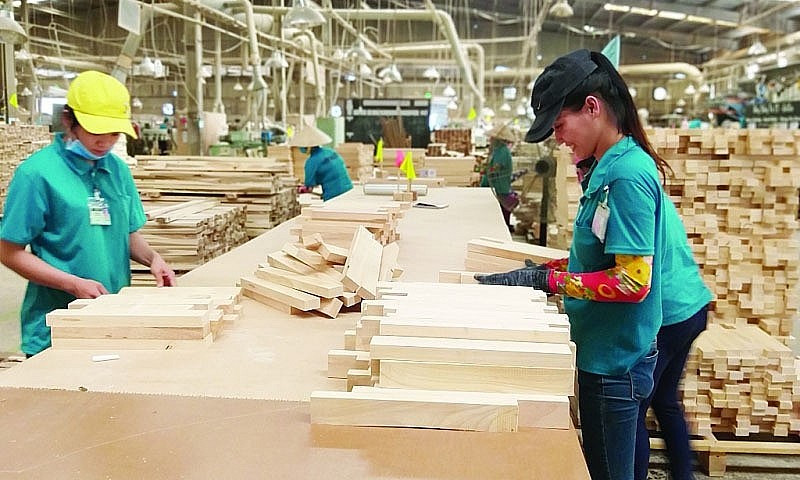
Besides the achievements, according to experts, the export of wood and forest products is also facing the challenge of unsustainability. Mr. Nguyen Tuan Hung - Department of Forestry Processing and Trade - Forestry Department (Ministry of Agriculture and Rural Development) - said that the impact of global fluctuations, such as epidemics (Covid-19), natural disasters, and especially political conflicts around the world, has caused disruptions in the supply chain, escalating fuel and transportation costs, leading to a sharp increase in the price of imported raw wood, prompting the wood processing industry to switch to using domestic raw wood to reduce dependence on imports.
Furthermore, Vietnam currently harvests over 20 million cubic meters of timber from planted production forests annually, meeting approximately 75% of the raw material needs of the wood processing industry. However, about 70% of this timber is small-sized, only suitable for the production of wood chips and wood pellets, and not yet meeting the quality and specifications requirements for deep processing or the production of high-end export wood products.
The markets wood exports Vietnam's main timber products, particularly those exported to the United States, the EU, Japan, South Korea, and China (accounting for over 90% of Vietnam's timber and forestry product exports), are increasingly subject to stricter regulations on legally sourced timber and sustainable forest management certification requirements. Therefore, to maintain and expand these export markets, developing timber sources from certified forest areas is a prerequisite.
However, the cost of developing sustainable forest management plans and obtaining forest certification is quite high, especially for farmers with fragmented land plots in remote areas. Currently, the whole country has more than 1 million forest owners, managing over 45.5% of the planted production forest area (equivalent to 1.82 million hectares), who have limited financial resources and find it difficult to independently raise capital for sustainable forest management certification.
We need to strengthen linkages and develop sustainable raw material areas.
Regarding the development of large-timber production forests, to date, the whole country has planted and converted 445,480 hectares of large-timber plantations. Of this, the provinces in the North Central region have reached 234,847 hectares, the highest in the country, accounting for 52.7%. This region also has nearly 105,000 hectares of forest certified under sustainable forest management, accounting for nearly 20.4% of the certified forest area nationwide.
The North Central region also ranks second nationwide in attracting businesses to cooperate and link with forest owners to invest in planting large-timber production forests with sustainable forest management certification, second only to the Northeast region, but its development has not been commensurate with the region's potential.
Specifically, the area of large timber forests with sustainable forest management certification, resulting from cooperation and linkages between businesses and forest owners, accounts for only over 3.5% of the total planted forest area in the region, and 44% of the total area of sustainably managed certified forests in the region.
The development of cooperation, linkages, and investment in planting large-timber production forests with sustainable forest management certification in the North Central region still faces certain difficulties and challenges. Accordingly, not many businesses are interested in cooperating and linking with forest owners to invest in planting large-timber production forests with sustainable forest management certification and guaranteeing product purchase. At times, the selling price of wood with sustainable forest management certification is not significantly different from that of wood without sustainable forest management certification, which is not commensurate with the costs incurred to obtain sustainable forest management certification;...
In addition, there are difficulties related to land and infrastructure. Specifically, the land allocated to individual households is small and fragmented, making it difficult to create large-scale raw material areas, thus hindering procurement and transportation to processing sites.
Land consolidation to a sufficiently large scale for commodity production is difficult to achieve due to land ownership regulations; people still have a mindset of small-scale business, lacking long-term, sustainable linkages. Forestry planning is still limited, and land allocation is still subject to disputes and overlaps, hindering the development of planned areas for timber production.
Borrowing from banks is still difficult due to complicated procedures, short loan terms, and the requirement for collateral, making it hard for businesses and households to access loan capital. Funding from the state budget under current policies does not meet practical needs. Current policies on linking raw material development and forest product procurement do not encourage businesses and individuals to participate.
In today's global context, cooperation and investment in developing large-scale timber production forests with sustainable forest management certification is an inevitable and essential trend for the wood processing industry. "Developing large-scale timber production forests with sustainable forest management certification is a way for Vietnam to not only proactively secure raw materials but also meet the increasingly stringent requirements of importing markets," said Mr. Trieu Van Luc, Deputy Director of the Forestry Department.
To attract cooperation and linkages in planting large-timber production forests with sustainable forest management certification, experts recommend that localities review and further improve mechanisms and policies, while effectively implementing support policies to create favorable conditions and attract businesses and forest owners to participate in cooperation and investment in planting large-timber production forests with sustainable forest management certification.
Furthermore, it is necessary to promptly evaluate and summarize effective models of cooperation and investment in planting large-timber production forests with sustainable forest management certification, as a basis for replication. Promote the organization of conferences, trade fairs, and exhibitions to advertise products and encourage economic entities to participate in cooperation and investment in planting large-timber production forests with sustainable forest management certification, linked to processing and export markets.
Source



![[Photo] Closing Ceremony of the 10th Session of the 15th National Assembly](/_next/image?url=https%3A%2F%2Fvphoto.vietnam.vn%2Fthumb%2F1200x675%2Fvietnam%2Fresource%2FIMAGE%2F2025%2F12%2F11%2F1765448959967_image-1437-jpg.webp&w=3840&q=75)




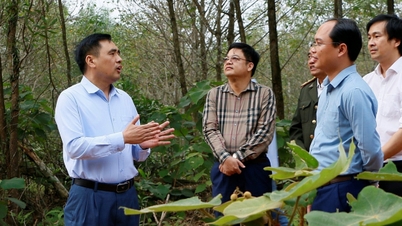

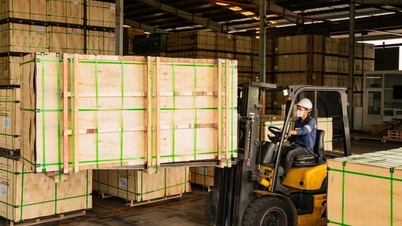



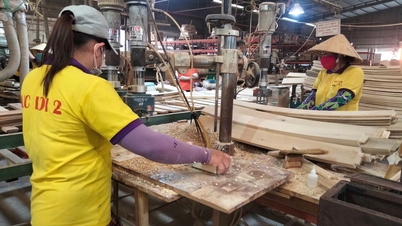
















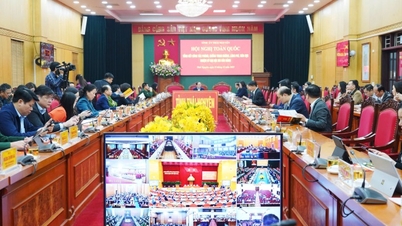

![[OFFICIAL] MISA GROUP ANNOUNCES ITS PIONEERING BRAND POSITIONING IN BUILDING AGENTIC AI FOR BUSINESSES, HOUSEHOLDS, AND THE GOVERNMENT](https://vphoto.vietnam.vn/thumb/402x226/vietnam/resource/IMAGE/2025/12/11/1765444754256_agentic-ai_postfb-scaled.png)


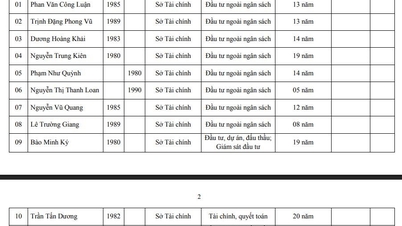
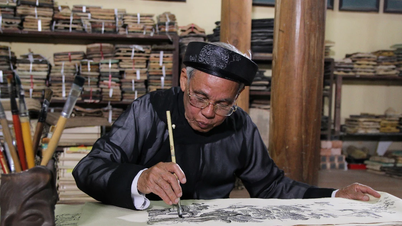



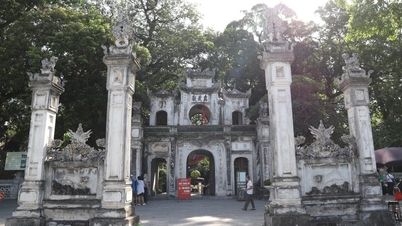



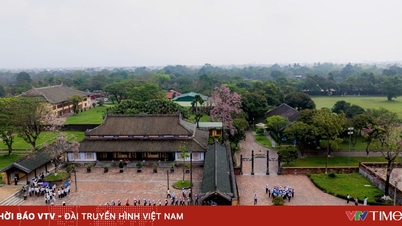





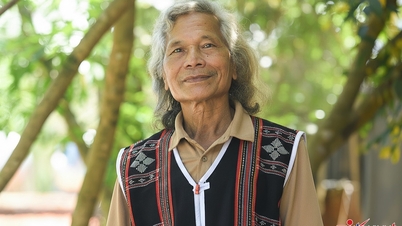



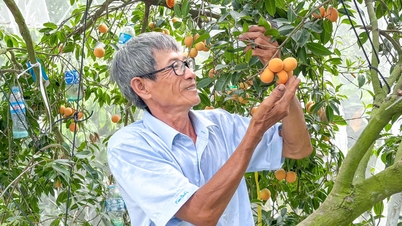

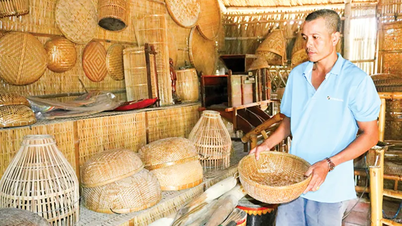














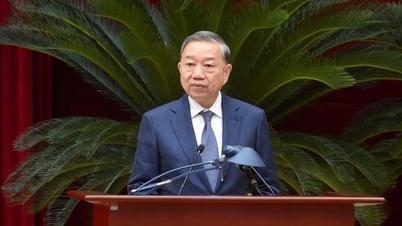

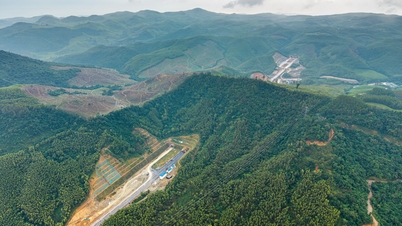




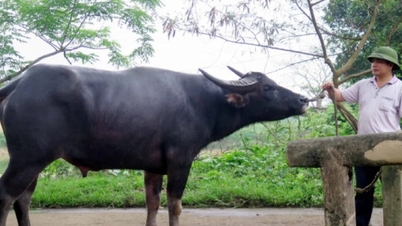




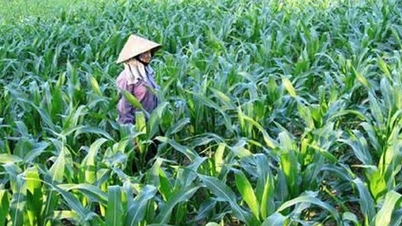
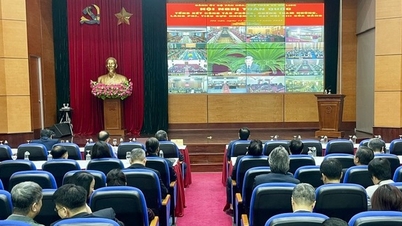



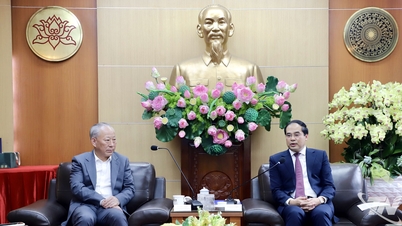

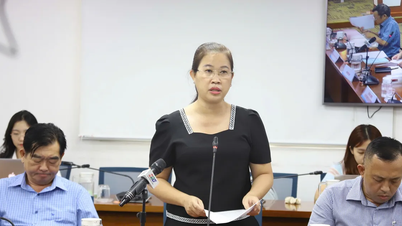



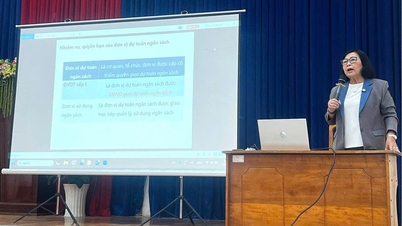















Comment (0)